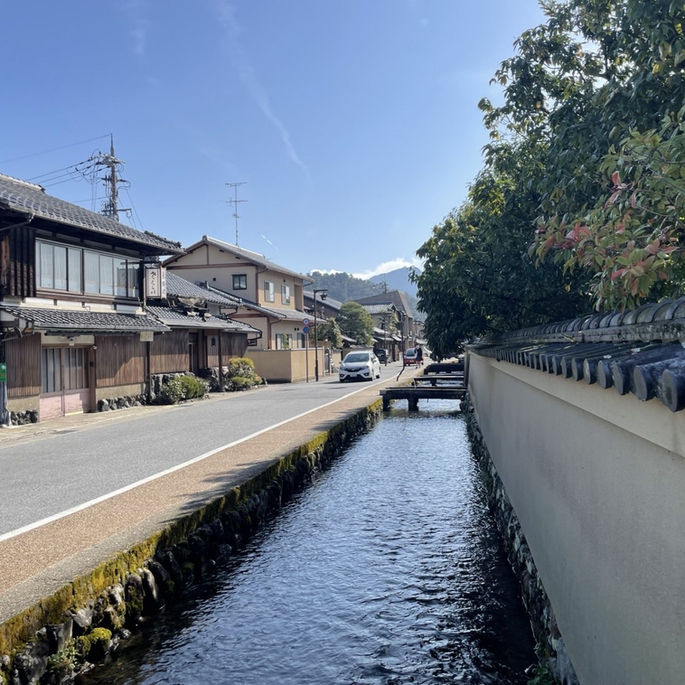Overview

Step into a historic Kyoto townhouse near Kamigamo Shrine and explore the essence of Japanese cuisine through the delicate art of dashi. In this immersive experience, you’ll taste and compare handcrafted broths made from premium kombu and katsuobushi, learning how subtle changes in balance shape aroma and flavor.
Guided by the third-generation chef of Kyoryori Sakurai, you’ll deepen your understanding of washoku through an educational video and a curated tasting session. After choosing your favorite blend, take home a dashi pack made with the same ingredients used in the kitchen.
The experience concludes with a seasonal kaiseki meal, where each dish reflects the broths you’ve just explored—connecting taste, tradition, and the soul of Kyoto.
Key Features
- Taste and compare multiple types of dashi, learning how ingredient ratios shape flavor
Watch a bilingual video on dashi history, theory, and tradition
Enjoy a full-course kaiseki meal incorporating the broths you’ve sampled
Take home your favorite dashi pack to recreate the flavor at home
Held in a historic Kyoto building tied to the Meiji Imperial era, offering deep cultural resonance
English Available
Price
Private | Up to 2 people: ¥80,000. Each additional person: ¥35,000 per person
Stories

The Soul of Kyoto in a Single Sip: The Living Tradition of Dashi
In the historic neighborhood of Kamigamo, Kyoto—where ancient shrines and flowing streams shape the rhythm of life—stands Kyoryori Sakurai, a third-generation restaurant dedicated to the craft of Kyoto-style kaiseki. Behind its serene facade lies a culinary legacy that stretches back over a century, centered around one of Japanese cuisine’s most essential, yet often overlooked, elements: dashi, the umami-rich broth that forms the spiritual foundation of washoku.
Passed down from grandfather to father to son, the Sakurai family’s reverence for dashi is more than tradition—it is a daily practice of precision, restraint, and deep respect for natural ingredients. Their broth is not mass-produced but made from hand-shaved katsuobushi (dried bonito) from Kagoshima and premium Rishiri kombu, selected and balanced by the chef himself. It is this dedication that transforms a clear liquid into an expression of place, season, and philosophy.




Discover the Language of Umami
At the heart of this immersive experience is a guided tasting of multiple dashi varieties, each brewed with a different ratio of kombu and katsuobushi—or different parts of each ingredient. Through this exploration, participants begin to “read” flavor the way one might read a poem: subtle, layered, emotional. A rich, round broth. A delicate, sharp one. A smoky depth. A soft ocean note.
Before tasting, guests watch an educational video—available in English and Japanese—that explores the science and history of dashi. They learn about the traditional tools, extraction timing, and the molecular dance of glutamates and inosinates that give dashi its signature depth.
The result is not just a culinary activity, but a journey into the invisible structure of Japanese taste—an invitation to listen to what the broth is saying.

Taste. Learn. Reflect.
The experience continues with a seasonal kaiseki meal, where each dish has been thoughtfully prepared to complement and highlight the broths sampled. Set in a heritage townhouse—once used as a refuge by an imperial consort during the Hamaguri Gate Rebellion of 1864—the meal is not merely food, but a dialogue between tradition and taste.
Guests sit on tatami floors, surrounded by wooden beams and gentle light, savoring Kyoto’s natural abundance with new awareness. Throughout the meal, chefs and staff provide commentary on the ingredients, the seasonal logic of the menu, and the ways dashi interplays with each bite.
Before leaving, guests select their favorite broth and receive a take-home pack—a flavor memory, lovingly preserved.




Dashi as a Cultural Compass
In Japan, dashi is not simply an ingredient. It is an ethical and aesthetic principle: to draw out the best of what is already present, never to overwhelm. It teaches us to honor subtlety, to value restraint, and to approach food—and life—with humility and care.
Through this experience, dashi becomes more than something tasted. It becomes something understood.












